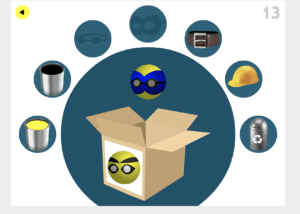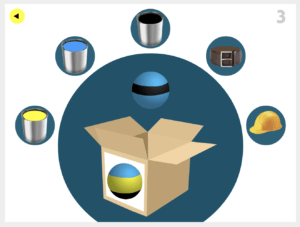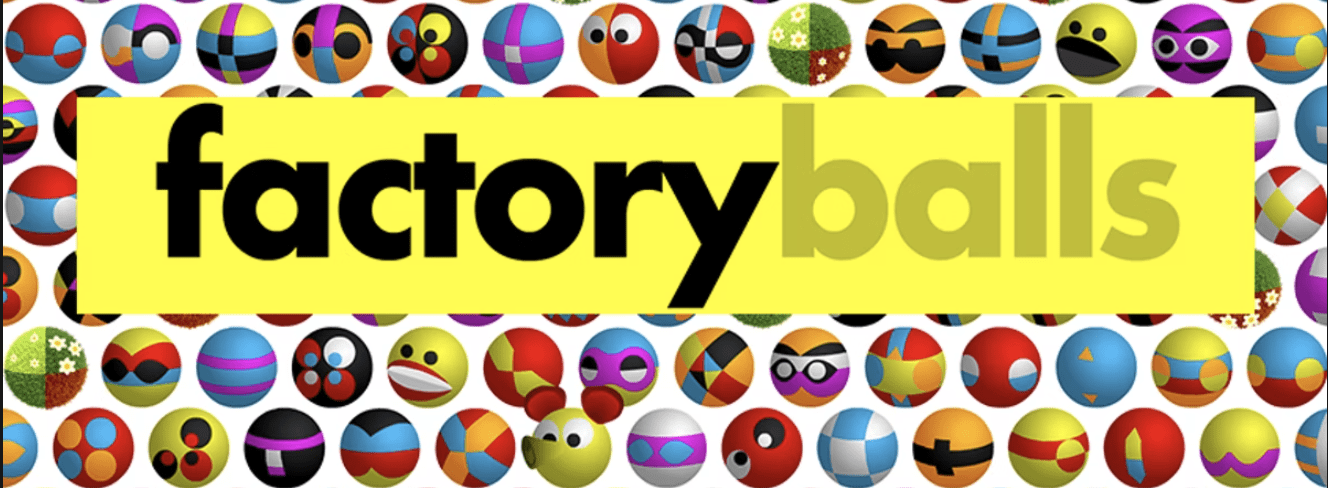Factory Balls Forever is a puzzle game developed by Bart Bonte in 2019. The game is offered on several platforms including Steam, App Store, and Google Play, but the first 25 levels can be played for free on browser at https://www.bartbonte.com/factoryballsforever/. The game’s age rating is 4+ but I found that it’s far from just a children’s game and is fun and challenging for people of all ages. In fact, I think young children with lesser spatial awareness and critical thinking/deduction skill might struggle beyond the first couple of levels.

Key mechanics of the game include a white ball that needs to be painted to resemble a target image. Tools provided to achieve this are often different types of paint a nd everyday tools with specific ‘blocking’ shapes meant to preserve base colors. The puzzle? Apply tools and paint to the base ball in the correct order to achieve the objective design. The higher the level, the greater the number of tools and steps involved in achieving the target design.
The great thing about having a small, finite number of game mechanics that can interact in a thousand different ways is that it creates the dynamic of flexible exploration, repeated reasoning and eventually familiarity. The first time a triangle shows up in the target design causes significant confusion. But one successful triangle make the consequent ones a lot easier and provides and inherently incremental intuition for geometry in the game.

Like many games in the puzzle genre, the type of fun Factory Balls focuses on is challenge and to some extent, discovery. The dynamic of infinite possibilities makes this game really effective at achieving the kind of fun it intends to create.
I think this game’s biggest triumph is its simplicity. The most challenging part of the game is the puzzle itself – no complex narratives, characters or stories to navigate. I went into the game thinking it was the easiest game ever and found myself truly challenged and obsessed with solving the challenges due to how simple it seemed. The game lacks the immediate difficult barrier other games present, allowing players to be sure that they will eventually be able to solve it, encouraging them to keep playing.
One improvement I’d perhaps make to game would be adding some sort of nudge/hint mechanism or progress indicator that might push the player in the right direction after 10 or so moves in the wrong direction. At some point in the game I felt like the more moves I made, the more confused I became and eventually nearly became a deterrent and I imagine introducing a hint system might prevent this type of frustration.




